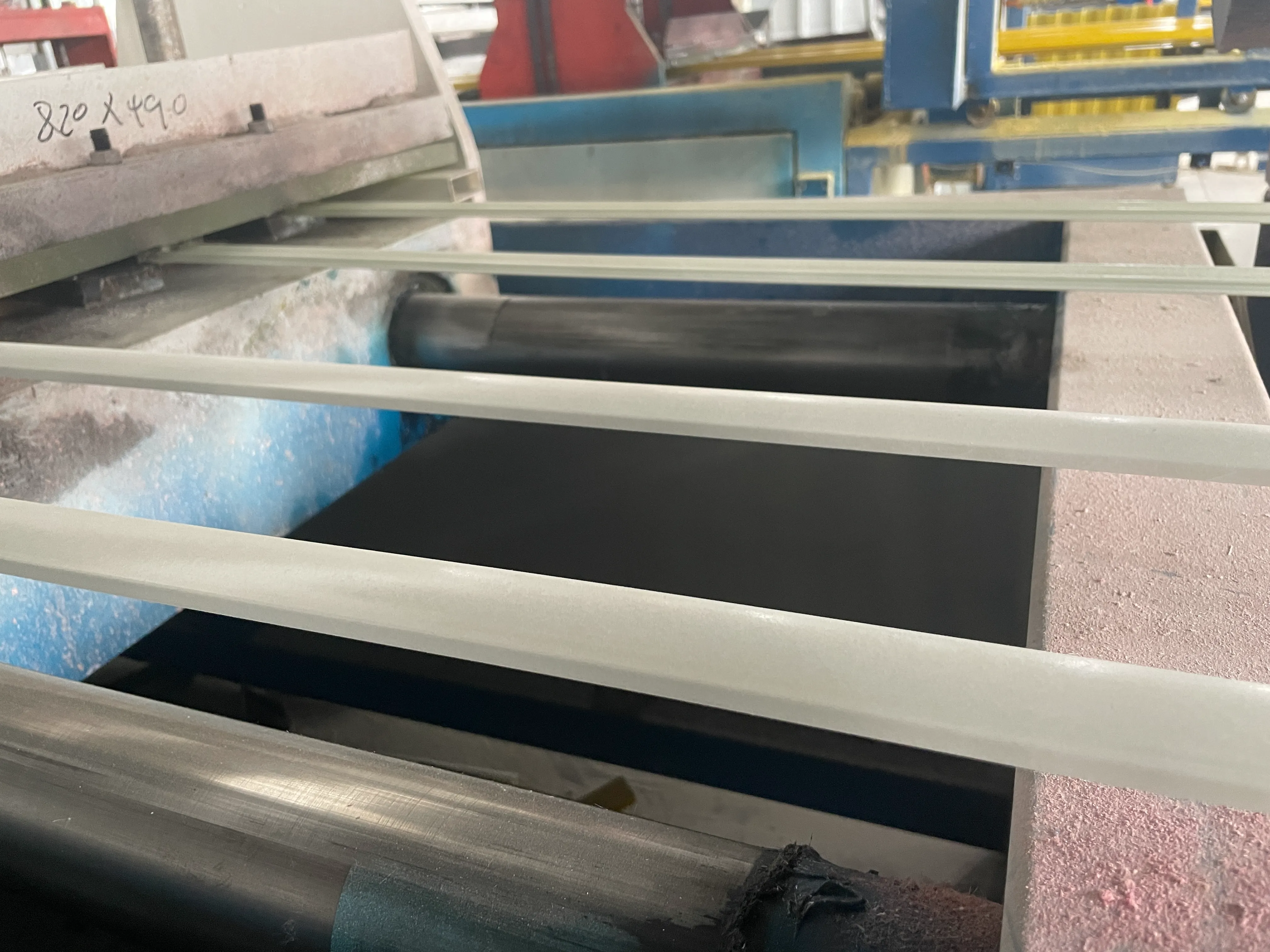loading...
- No. 9, Xingyuan South Street, Dongwaihuan Road, Zaoqiang County, Hengshui, Hebei, China
- admin@zjcomposites.com
- +86 15097380338
- Welcome to visit our website!
Designing Effective Sectional Water Tanks for Optimal Storage and Efficiency
Sectional Water Tanks The Versatile Solution for Water Storage
In an era where efficient water management is crucial, sectional water tanks are becoming increasingly popular in various sectors, including residential, commercial, and industrial applications. These tanks, which are constructed from pre-fabricated sections, offer a range of advantages that make them a preferred choice for storing water.
Understanding Sectional Water Tanks
Sectional water tanks are typically made from materials such as steel or fiberglass, allowing for strength and durability. Unlike traditional water tanks that are crafted from a single piece, sectional tanks are assembled on-site from multiple panels, which provides flexibility in size and shape. This feature makes them suitable for different environments and requirements, whether a small-scale residential setup or a large industrial facility.
Advantages of Sectional Water Tanks
1. Customizable Design One of the primary benefits of sectional water tanks is their customizable nature. They can be tailored to fit specific space constraints and can be expanded or reduced in size depending on changing water storage needs. This adaptability makes them ideal for areas where future expansion might be required.
2. Easy Installation Sectional water tanks are relatively easy and quick to install. Since they are delivered in sections, they can be assembled with minimal disruption to the surrounding environment. This quick installation process can significantly reduce labor costs and time, making them a practical option for urgent water storage needs.
3. Cost-Effectiveness Given their modular design, sectional tanks often prove to be more economical than their traditional counterparts. They allow for the efficient use of resources, as users can purchase only the necessary sections for their current requirements, with the option to add more later if needed.
sectional water tank

4. Durability and Maintenance Constructed from heavy-duty materials, sectional water tanks are designed to withstand harsh environmental conditions. They typically have resistance to corrosion, which is crucial for a tank's lifespan. Additionally, maintenance is simplified, as individual sections can be replaced without needing to take the entire tank offline.
5. Space Efficiency These tanks can be installed in configurations that maximize available space, whether on rooftops, in basements, or in tight outdoor areas. Their modular design allows them to fit into unconventional spaces that would otherwise be unsuitable for water storage.
6. Environmental Considerations In today's eco-conscious society, choosing a water storage solution that minimizes environmental impact is essential. Many sectional water tanks are designed with sustainability in mind, utilizing materials that are recyclable and processes that reduce energy consumption during manufacturing.
Applications of Sectional Water Tanks
The versatility of sectional water tanks makes them suitable for a wide array of applications. In residential settings, they can provide reliable water storage for households, ensuring that families have access to clean water year-round. In commercial and industrial contexts, these tanks are often used to manage processes, firefighting reserves, and more.
Agriculture also benefits from sectional water tanks, as farmers can store harvested rainwater for irrigation, reducing reliance on external water sources. Through these various applications, sectional water tanks contribute to efficient water management strategies that are crucial for sustainable development.
Conclusion
In conclusion, sectional water tanks are an incredibly versatile and efficient solution for water storage needs. Their customizable design, ease of installation, cost-effectiveness, and durability make them an appealing choice for various applications across different sectors. As the demand for efficient water management continues to grow, sectional water tanks stand out as a sustainable and practical option that meets the diverse needs of today’s water consumption landscape. With the right planning and implementation, they can play a significant role in ensuring a reliable water supply for future generations.
-
The Rise of FRP Profiles: Strong, Lightweight, and Built to LastNewsJul.14,2025
-
SMC Panel Tanks: A Modern Water Storage Solution for All EnvironmentsNewsJul.14,2025
-
GRP Grating: A Modern Solution for Safe and Durable Access SystemsNewsJul.14,2025
-
Galvanized Steel Water Tanks: Durable, Reliable, and Ready for UseNewsJul.14,2025
-
FRP Mini Mesh Grating: The Safer, Smarter Flooring SolutionNewsJul.14,2025
-
Exploring FRP Vessels: Durable Solutions for Modern Fluid HandlingNewsJul.14,2025
-
GRP Structures: The Future of Lightweight, High-Performance EngineeringNewsJun.20,2025
